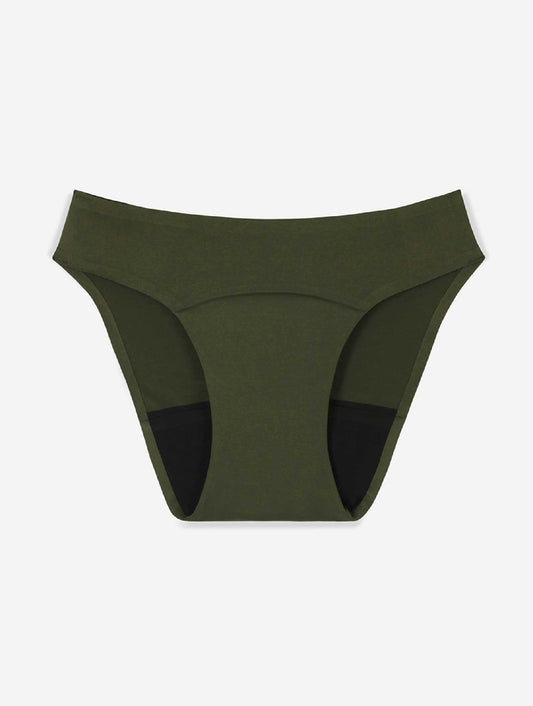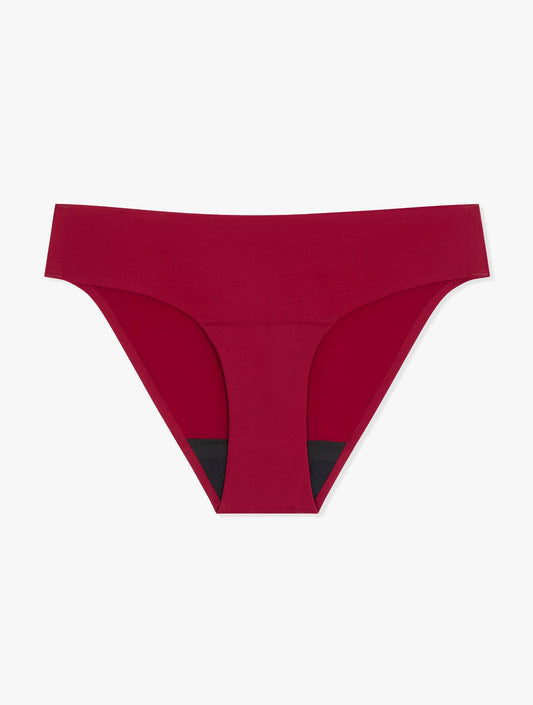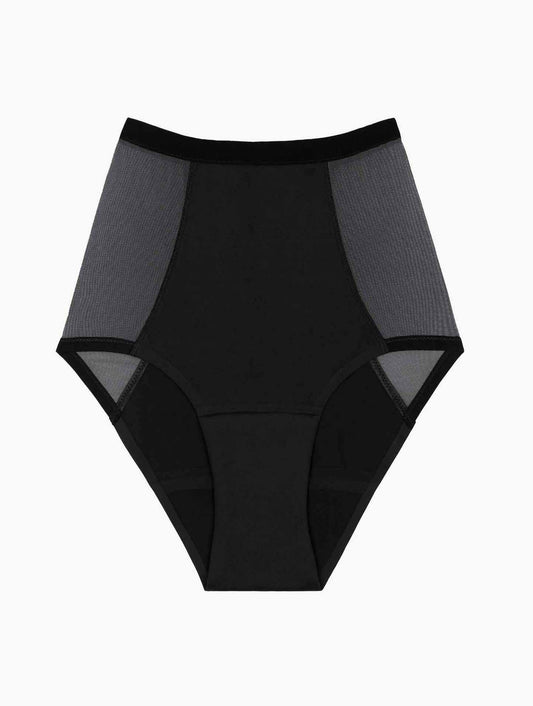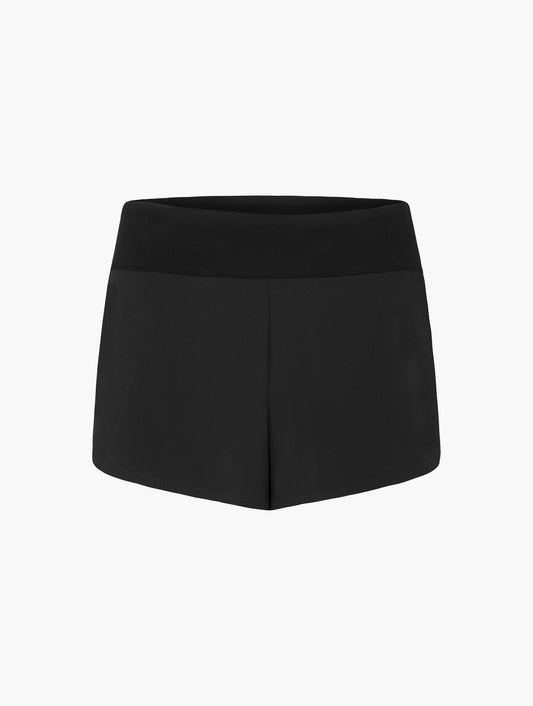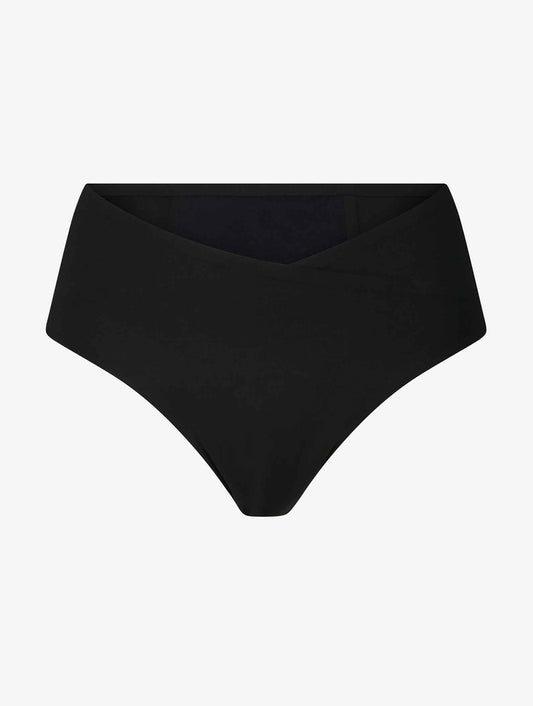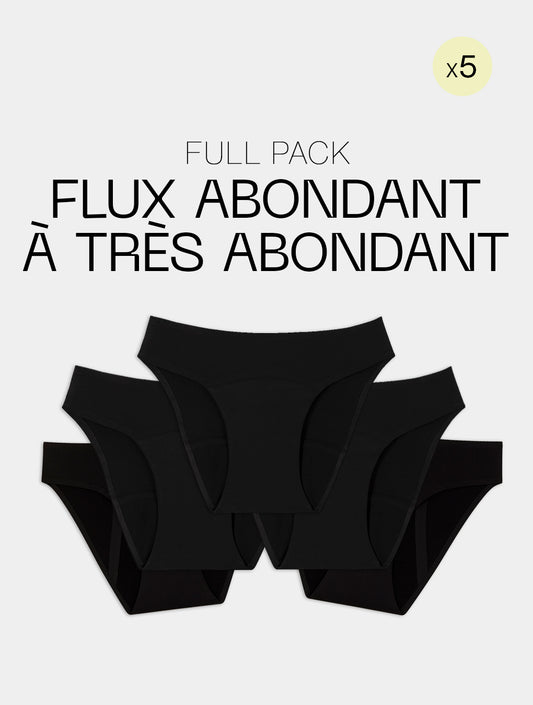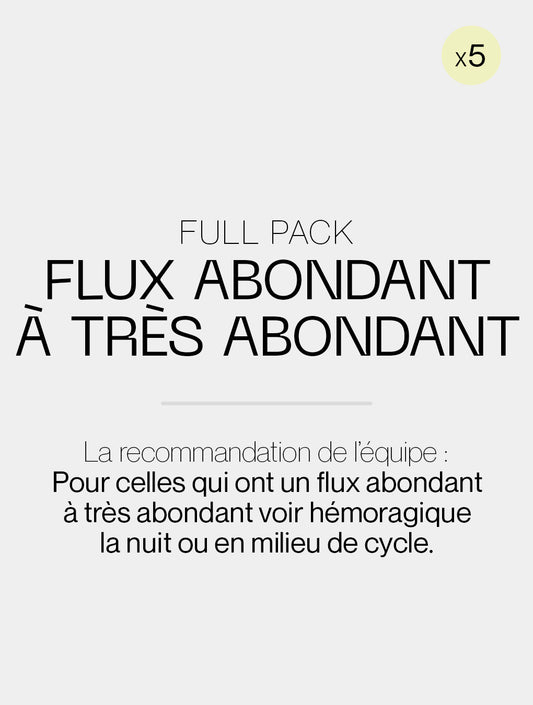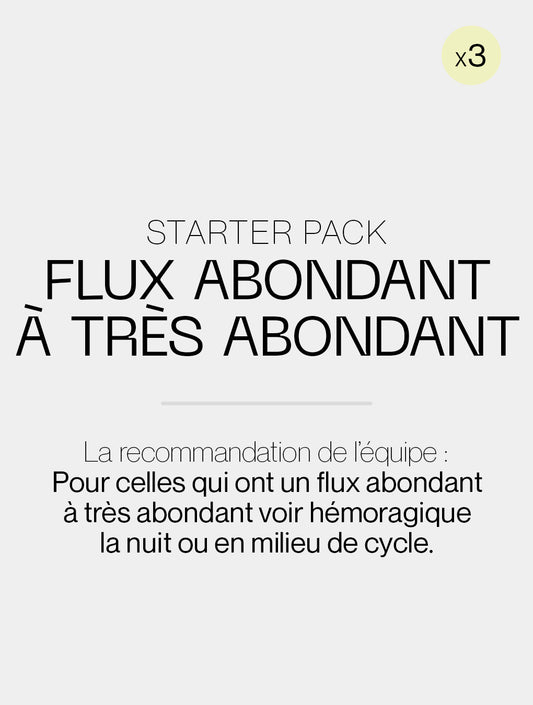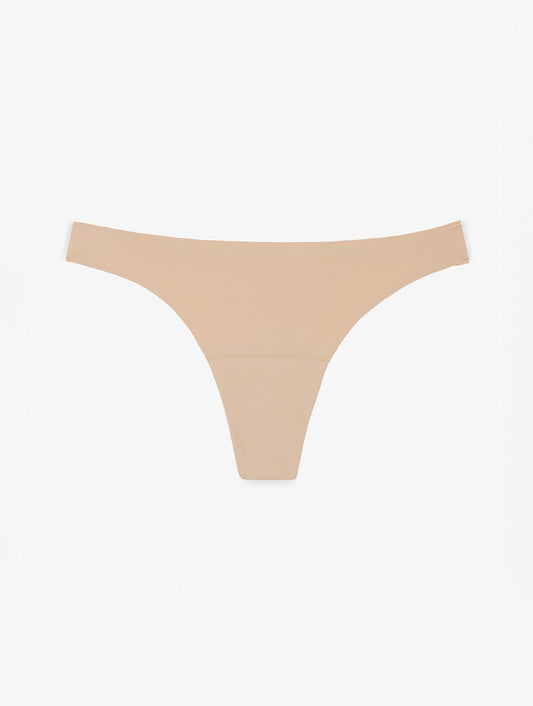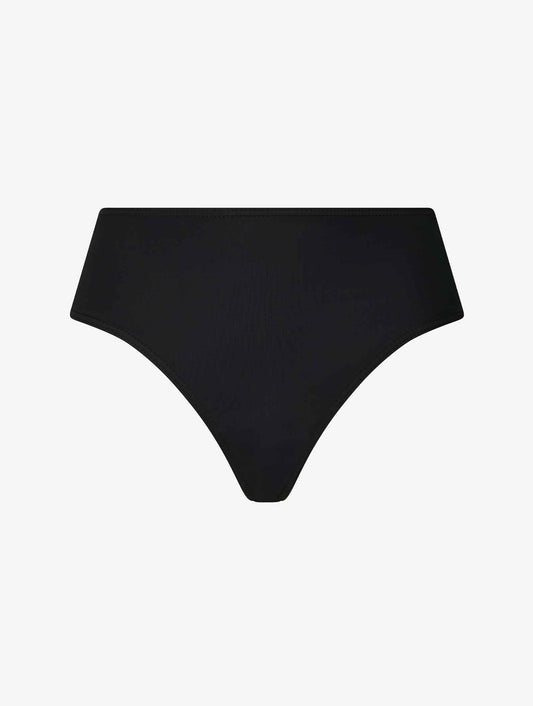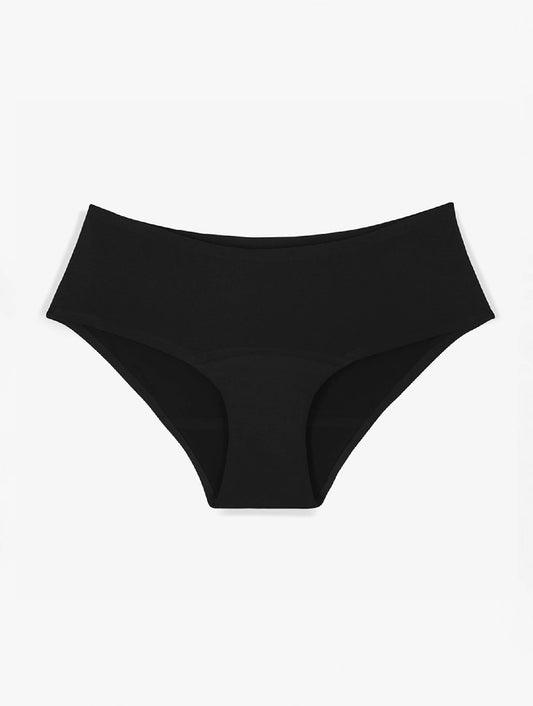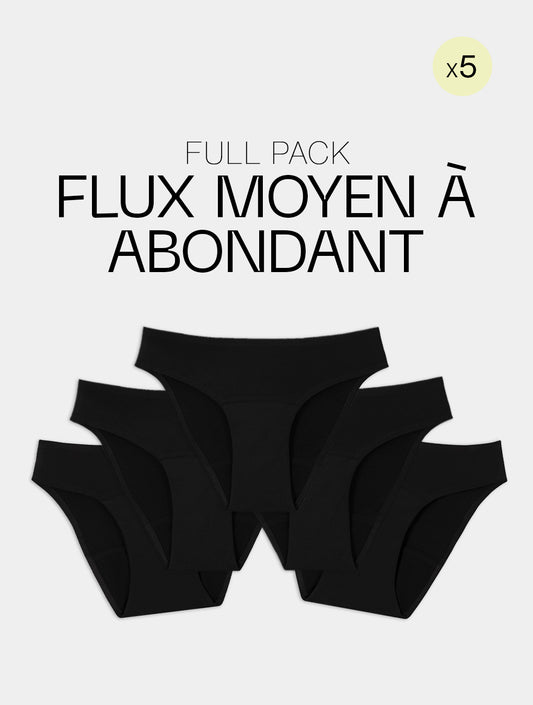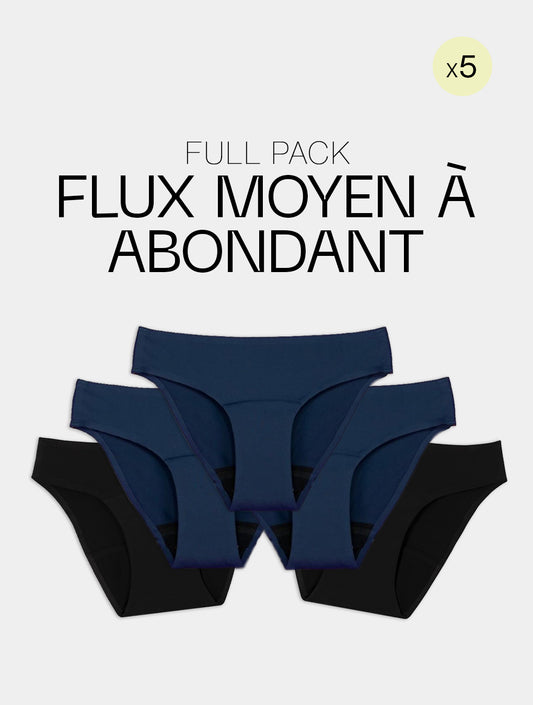Everything you need to know about menses return
For nine months, your periods have disappeared and now a few weeks after leaving the maternity ward, they are about to reappear. This is called menses return. How does your body react during the first weeks after the baby is born? Let's take a look at bleeding after childbirth and the return of your period.
Menses return : what does it correspond to?
After the birth of the baby, the body of the young mother enters a transition phase characterized by the awakening of certain hormones such as estrogen or prolactin (for those who opt for breastfeeding) and the fall of other hormones such as progesterone. The cycles gradually return to their normal rhythm with the key to the return of the first period. This transition period, known as “postpartum” can last from a few weeks to a few months depending on the case. During this time, the uterus regains its normal weight (approximately 50 g) and normal size (approximately 6 cm). The vagina, vulva and perineum slowly return to their original shape. The episiotomy scar fades in a few days or even weeks.
This transitional phase is accompanied by sometimes abundant blood loss during the first days following childbirth. These bleedings or lochia generally do not last more than four weeks and postpartum menstrual panties are then entirely indicated.
Menses return: lochia
Lochia is loss of blood occurring in the first weeks after childbirth. They testify to the good healing of the uterus and the cervix. Removal of lochia containing waste from the uterine lining and vessels supplying the placenta means that the tissues heal.
During the first few days, blood loss may be heavy and contain clots after birth. Their color tends towards light red, even bright red when breastfeeding. At the end of the first week, they take on a pink or brown color, then yellowish and become colorless.
Usually, the lochia lasts a maximum of four weeks. Breastfeeding reduces the duration of this blood loss. Indeed, during feedings the body produces oxytocin, a natural hormone that stimulates contractions of the uterus. The good news is that these contractions help to stop postpartum bleeding faster
During this period of bleeding, your midwife will discourage you from using tampons as they increase the risk of pain and infection. His advice will be to opt for a sanitary napkin or better still for menstrual panties.
Return of diapers: the little return of diapers
Around the twelfth day after childbirth, the bleeding may increase in intensity. Nothing serious about that. It is surely the "little return of diapers". This heavy blood loss lasts about 48 hours and signals that the uterus is continuing its healing process. They are caused by the drop in pregnancy hormones (estrogen and progesterone) and have nothing to do with the resumption of menstrual cycles. In many cases, the "small return of diapers" goes unnoticed by the eyes of the young mother, because they are completely confused with the lochia.
How is the return of diapers?
If you choose not to breastfeed, your first period is supposed to return around 4 to 6 weeks after giving birth.
If you breastfeed, your return to bed will be later. Clearly, your periods will most likely return at the end of the breastfeeding period. In addition, a nursing bra is ideal.
The symptoms announcing the return of diapers can vary from one mother to another.
For some, the warning signs can be pain in the breasts and lower abdomen, or even a change in mood. For others, the return of diapers does not present symptoms.
What is commonly verified during the return of bed is its duration and its abundance. Indeed, the bleeding can last for a week, and even more. Their flux can be greater than during ordinary cycles.
Should we wait for the return of diapers to resume contraception?
Ovulation (resumption of fertility) can take place before the return of childbirth or during breastfeeding. Indeed, even exclusive breastfeeding (6 to 8 feedings and never more than 6 hours apart between each feeding) does not protect against ovulation, and therefore against a new pregnancy. It is therefore important to resume contraception without waiting for the return of diapers. Your doctor or midwife can advise you:
- The micro-progestogen pill or micropill to start 21 days after childbirth (an estrogen-progestogen pill can be chosen when breastfeeding stops);
- the implant (effective up to 3 years) to be placed before leaving the maternity ward and can be removed at any time;
- the IUD to be inserted during the postnatal visit (check-up consultation within 6 to 8 weeks after delivery);
- The preservative.
Postnatal consultation: follow-up of childbirth and the return of diapers.
Scheduled in the 6 to 8 weeks following delivery, the postnatal consultation more or less coincides with the return of diapers. On this occasion, the doctor performs a gynecological check-up including:
- checking the vagina, cervix and ovaries;
- Verification of the scar from the episiotomy or caesarean section;
- weight monitoring;
- taking blood pressure;
- palpation of the breasts;
- testing for infections;
- the search for venous insufficiency.
The postnatal consultation is also an important appointment for:
- take stock of the aftermath of childbirth and the reappearance of menstruation;
- test the tone of your perineum and prescribe perineal rehabilitation sessions;
- consider the method of contraception best suited to your situation knowing that the contraception prescribed in the maternity ward is often only temporary.
With the return of diapers, your menstrual cycle resumes its normal course. As far as sanitary protection is concerned, this is the perfect time to make good resolutions and try the “0 waste rules” option. By directing your choice on menstrual panties to be used alone or in addition to a cup, you are offering your body natural and secure protection and you are doing something for the environment.


